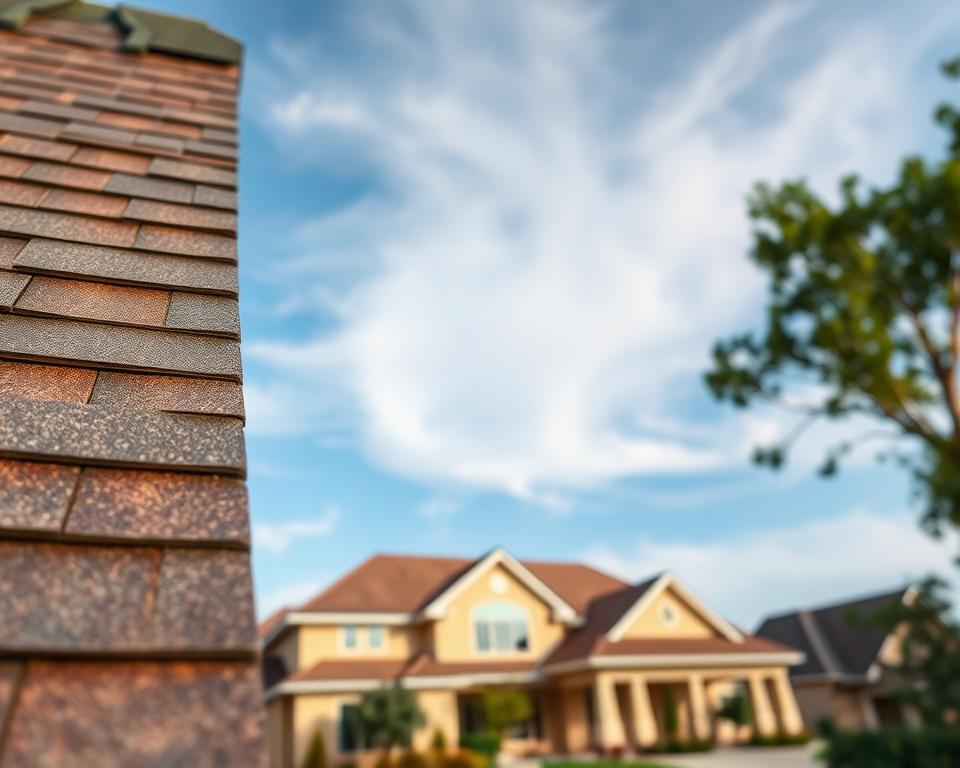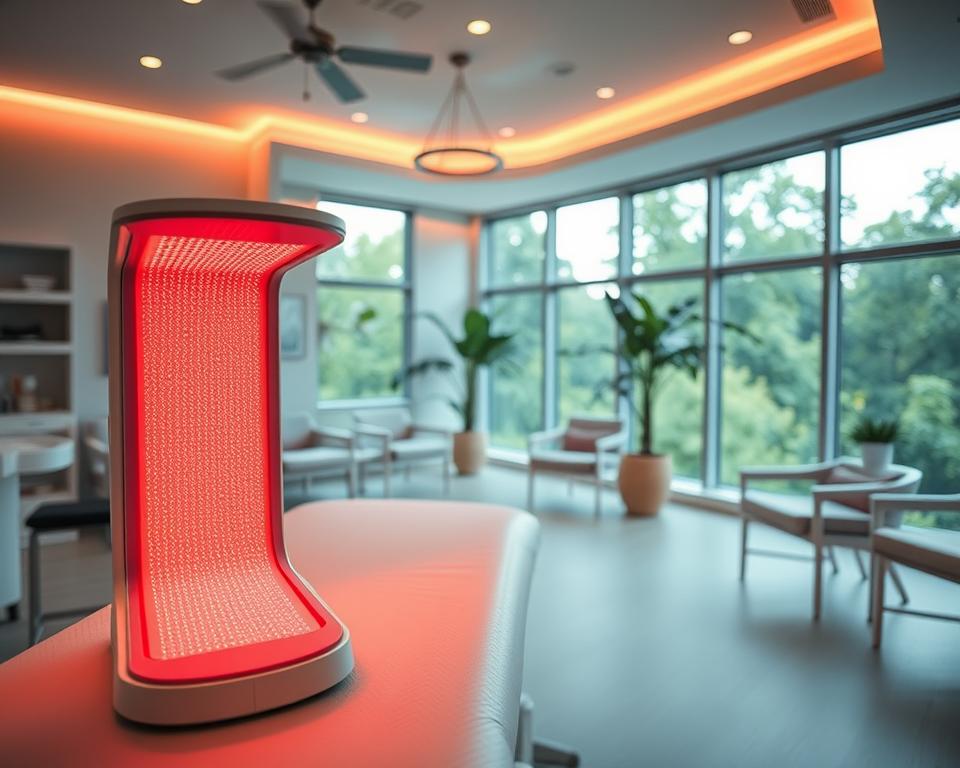New York SEO Company: Revealing Online Growth for Your own Brand
You may not know this, but more than 90% of web interactions originate with a search engine? That statistic highlights the essential role of Search Engine Optimization (SEO) for businesses striving to thrive in New York’s cutthroat market. An SEO provider in New York supplies customized strategies to elevate your website’s visibility and enhance organic visitors. Be it the need for the premier SEO solutions to optimize your digital footprint or an cost-effective SEO agency to fit your financial plan, New York SEO specialists can be the game-changer. With the ever-evolving digital sphere, teaming up with a foremost SEO company NYC can unleash immense growth possibilities and launch your brand to unprecedented levels.
Summary Points
- SEO is vital for exposure in search engine results.
- Selecting an experienced SEO provider can significantly impact your business growth.
- New York businesses can gain from personalized approaches that enhance their digital footprint.
- Investing in budget-friendly SEO solutions can generate notable returns.
- The right SEO collaborator enhances user engagement across online channels.
Why SEO Matters for Your Brand
Understanding the core of SEO is the initial step towards harnessing its maximum potential. SEO is essential for boosting a brand’s online presence and generating organic traffic. It encompasses a range of strategies and methods aimed at improve a site’s ranking in search listings. Without a sound SEO strategy, businesses encounter challenges in reaching their target audience, a hurdle more acute in competitive markets like New York.

SEO Explained
SEO, or Search Engine Optimization, is the discipline of optimizing a website to improve its positions on search engines like Google. This is accomplished through keyword optimization, structuring website structure, and producing high-quality content. By focusing on these aspects, companies can capture more visitors, increase engagement, and turn leads into customers. The link between powerful SEO and growth becomes clearer as digital competition heats up.
SEO’s Role in NYC Success
In New York, where countless businesses vie for visibility, effective SEO is critical. A strategically designed SEO plan not only increases exposure in search engine results but also builds trust with prospective customers. Pages that rank can generate increased website traffic and higher conversion levels, ultimately boosting profits. In the fast-paced online space, it’s imperative to adapt SEO strategies for local markets to guarantee long-term business growth.
Debunking SEO Myths
Many businesses are misled by common SEO misconceptions that can hinder their success. Some believe SEO is a one-time endeavor, neglecting the need for ongoing optimization. Some mistakenly believe that keyword stuffing guarantees peak rankings. However, SEO requires a continuous commitment to stay effective. Strategies must evolve with updated ranking systems and consumer behaviors to retain presence and utilize SEO for business growth efficiently.
Selecting Your NYC SEO Partner
Choosing the right SEO company in New York is vital for your company’s digital performance. You need to evaluate multiple factors that impact your SEO plan’s effectiveness. Key considerations include track record, specialization in targeted SEO tactics, and grasp of your unique needs. This detailed assessment is essential for a successful collaboration.
SEO Selection Criteria
When selecting an SEO company, consider these NYC SEO factors:
- Experience & Track Record: Seek proven results from past campaigns.
- Niche Knowledge: Confirm the company has background in your industry.
- Custom Strategies: They should craft approaches based on your unique needs.
- Open Communication: Consistent updates on progress and metrics are essential.
Essential SEO Interview Questions
Interviewing potential agencies can reveal their strengths. Here are important SEO questions to steer your conversations:
- What results have you achieved for comparable businesses?
- Which tools do you use for keyword analysis and evaluation?
- How do you assess the success of an SEO project?
- What tactics do you execute for on-page and off-page SEO?
NYC SEO Service Spectrum
New York SEO agencies offer a broad spectrum of services to elevate a company’s digital footprint. They understand the online landscape deeply and cover all aspects of SEO. By integrating keyword research, on-site tactics, and off-site approaches, they aim to deliver measurable outcomes for their clients.
Essential Keyword Discovery
Effective SEO begins with thorough analysis. NYC SEO solutions find the most pertinent and popular keywords. This helps companies target the ideal users and align their content with search needs, boosting exposure and interaction.
On-Site Optimization Tactics
On-site techniques are key to enhancing web pages for improved rankings. They optimize page titles, descriptions, and headings, ensuring they’re optimized. High-quality, engaging content paired with well-structured HTML structure enhances UX and prompts extended engagement.
Off-Page SEO Strategies
Off-page strategies expand a company’s presence outside its website. They entail building inbound links, managing social media, and raising brand awareness. A strong off-page strategy builds credibility, which algorithms favor with better rankings.
Local SEO: Targeting Your Community
In today’s competitive market, businesses in New York must implement effective local SEO tactics to reach their communities. As users more frequently rely on area-based queries for offerings in their vicinity, it becomes essential to enhance presence in this space. Local SEO centers on targeting customers on channels like Google My Business, ensuring that businesses are discoverable to customers when they are searching most.
GMB’s Importance
Google My Business plays a key role in community SEO. By creating and optimizing a GMB listing on this platform, companies can elevate their chances of appearing in area-based queries and on Google Maps. An well-maintained profile includes accurate business information, engaging photos, and consistent posts on offers. This activity ensures that nearby patrons find the necessary information and encourages them to reach out.
Local Search Optimization
Successful community-targeted SEO begins with tweaking for local search. Businesses should include localized keywords across their site text to match what nearby users are looking for. It’s advantageous to register the business in area directories and maintain uniformity across all channels to elevate credibility. Responding to customer reviews and replying to comments on Google My Business can also build a strong community presence that attracts more traffic.
Essential SEO Performance Indicators
Knowing and tracking SEO success requires a deep dive into critical indicators. These KPIs help businesses in tracking their SEO performance and evaluating effectiveness. Three key areas emerge:
Organic Traffic Insights
Organic traffic refers to users who discover a site through organic search, excluding paid advertising. This indicator is critical for evaluating a site’s visibility in search results. An uptick in organic traffic indicates successful SEO efforts, showing growing engagement with a company’s content. Consistent monitoring helps identify patterns for ongoing optimization.
Conversion Rates and ROI
Conversion rates measure the proportion of visitors who complete desired actions, like buying or subscribing. Evaluating these rates alongside SEO indicators provides insights into how traffic converts into income. A higher conversion rate typically indicates a better return on investment (ROI) for SEO efforts. This underscores the need for intuitive interfaces that drive conversions.
The Significance of Page Rankings
Page rankings indicate a site’s placement in SERPs. Monitoring these rankings is essential, as they directly relate to organic traffic. Higher rankings lead to greater exposure and a broader audience, making it crucial for businesses to focus on tactics that improve their placements. Consistent monitoring allows brands to adjust and refine their methods to stay relevant in search results.
Common SEO Mistakes to Avoid
Numerous businesses encounter challenges that impede their online growth. It’s vital to recognize these pitfalls for effective SEO strategies. One significant mistake is neglecting mobile optimization. With a large portion of web visitors originating on mobile devices, websites must be adaptable. This guarantees usability across multiple screen sizes.
Disregarding mobile user needs can significantly hurt SEO performance and user satisfaction. It’s a crucial aspect to address.
Neglecting Mobile Optimization
Optimizing for smartphone visitors is essential. A website that isn’t responsive can annoy visitors, potentially losing them as customers. Algorithms prefer responsive websites, impacting rankings and visitors.
Adequate responsive design includes fluid design, fast load speeds, and intuitive menus. Neglecting this can harm a business’s online presence.
Content Quality Errors
Another frequent pitfall is undervaluing the value of content quality. High-quality content draws visitors and retains them engaged. Poor content leads to visitor drop-off and poor interaction.
Content issues often stem from insufficient research, poor copy, or failing to meet user intent. Quality content builds trust and encourages users to come back for more.
Data Neglect
Analytics provide data that guide SEO efforts. Ignoring these metrics means missing understanding of visitor patterns and needs. Consistently analyzing analytics helps identify areas for improvement.
Without this analysis, businesses may continue in making avoidable SEO errors, perpetuating ineffective strategies instead of refining them.
Staying Current with SEO Trends
In today’s online landscape, staying ahead of SEO developments in NYC is essential for businesses to thrive online. The rise of AI in SEO has revolutionized how professionals analyze data, improve user experience, and produce content. Understanding these shifts is crucial for businesses to adjust and thrive.
AI-Driven SEO
AI in SEO brings cutting-edge tools for better predictions and personalization. Companies use ML to analyze user behavior and optimize their approaches. This trend towards AI enables content that truly connects with users, increasing engagement and conversions.
Voice Search Optimization
Voice search has changed how people engage with search engines. With more users preferring voice commands, adapting SEO strategies is essential. This means incorporating natural language and extended phrases. By optimizing for voice search, businesses can target more users and improve their search rankings.
NYC SEO Success Examples
SEO examples from New York demonstrate how businesses have utilized SEO to achieve significant results. These narratives provide lessons into the various tactics that drive business growth through SEO.
Local Success Stories
In New York, small businesses have seen remarkable improvements thanks to personalized SEO strategies. By implementing local SEO tactics, many retailers have elevated their online presence and customer engagement. A notable case is a New York artisan bakery that optimized its Google My Business listing. This led to a triple-digit surge in store visits and a significant rise in digital sales.
These success stories illustrate how personalized SEO approaches can boost awareness and profitability for small businesses.
Corporate SEO Turnarounds
Large corporations have also gained from sophisticated SEO initiatives, as highlighted in several success stories from New York SEO companies. A major retailer, for instance, executed a major SEO overhaul. This included applying data-driven approaches to enhance user experience and quality. By focusing on targeted keywords and providing comprehensive SEO services, the corporation saw a one-and-a-half-fold growth in organic search traffic within half a year.
This example demonstrates how merging analytics with optimized content can lead to substantial expansion through SEO for enterprises.
| Business Type |
SEO Strategy |
Results |
| Local Bakery |
Google My Business Optimization |
300% growth in foot traffic |
| Retail Giant |
Data-Driven SEO Revamp |
150% uplift in organic search traffic |
Looking Ahead at NYC SEO
The digital marketing landscape is ever evolving, with New York’s SEO outlook looking bright. Emerging tech are opening up avenues for businesses to enhance their digital visibility. Artificial Intelligence and Machine Learning are revolutionizing SEO, allowing professionals to develop more targeted strategies that meet consumer demands.
Emerging Technologies & Techniques
UX is now at the forefront of SEO, thanks to advanced voice-activated search and AI-powered content personalization. Companies must prioritize providing exceptional experiences. This move means the previous era of keyword overuse are over. Instead, an holistic approach centering on valuable, captivating content is now essential to success.
Predictions for SEO in the Coming Years
SEO projections for New York underscore the growing importance of local search accuracy. As consumers look for services in their vicinity, businesses must provide relevant information to stand out. Also, dynamic content approaches that adjust based on engagement across multiple platforms will become the norm. For New York companies seeking robust online visibility, embracing these advancements is crucial in a fast-changing digital world.










